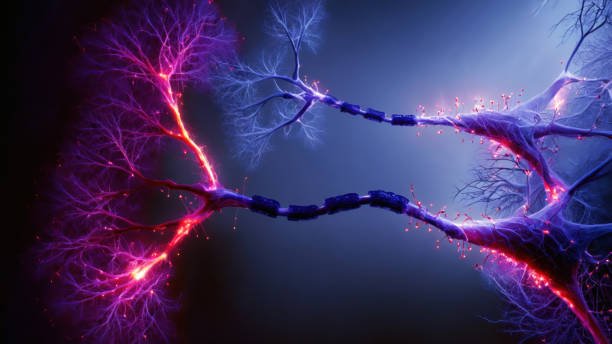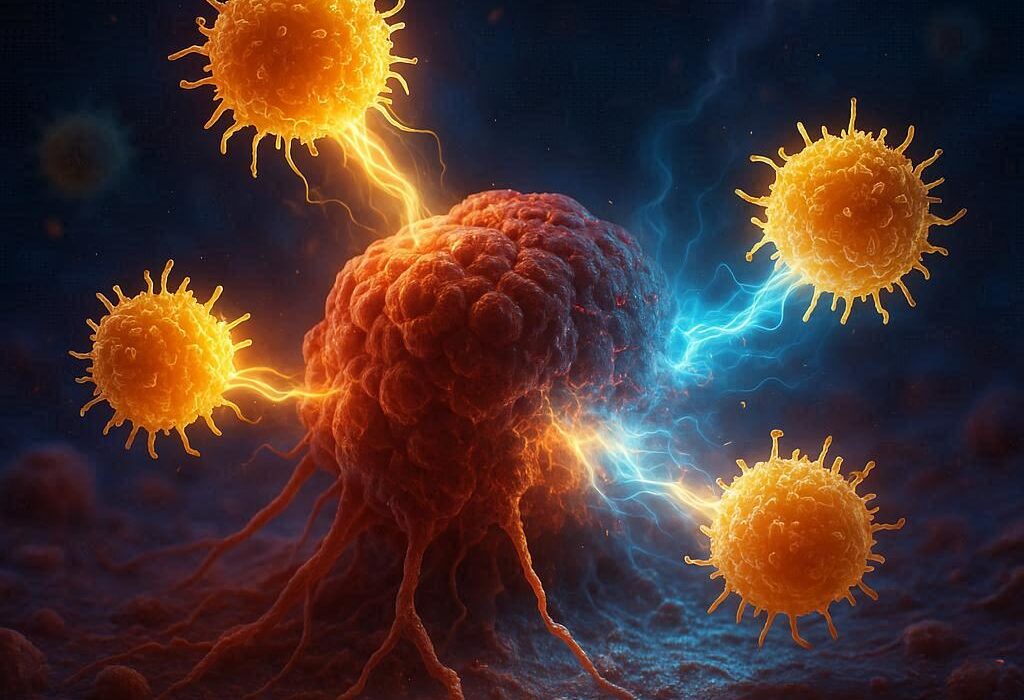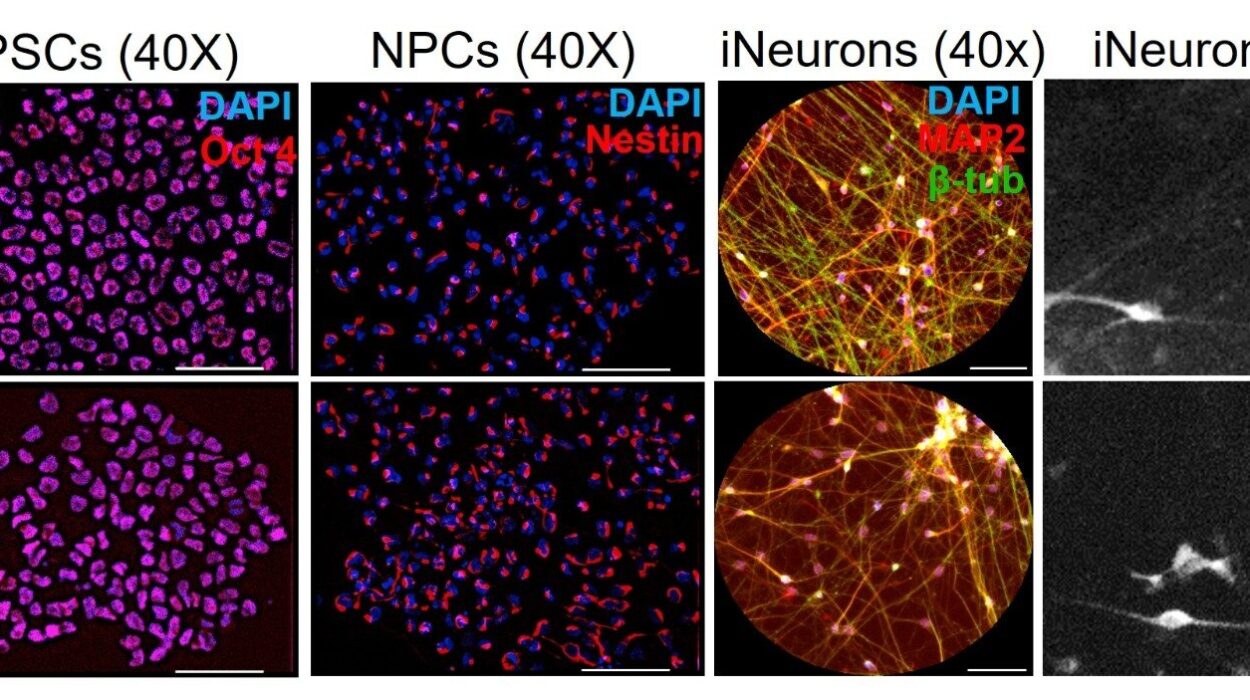In the grand biological concert that is the human body, the nervous system is the maestro. It conducts the silent symphony of thoughts, movements, memories, sensations, emotions, and instincts. A vast, dynamic network of nerves, neurons, and glial cells, it orchestrates our interactions with the world and governs the subtleties of internal regulation that keep us alive. Whether you’re marveling at a sunset, solving a complex problem, or pulling your hand away from a hot stove, your nervous system is at work—relentlessly fast, extraordinarily complex, and utterly vital.
The study of this intricate system—neurology—stands at the crossroads of biology, medicine, psychology, and even philosophy. It’s the field that explores how billions of cells communicate across microscopic gaps, how consciousness arises from electrical pulses, and how damage to a tiny region of the brain can erase a lifetime of memories.
To truly understand what it means to be human, one must delve into the mysterious, elegant architecture of the nervous system. This journey begins with the building blocks of neural function and stretches into the outer reaches of the brain’s capabilities, its vulnerabilities, and the frontiers of neurological science.
The Blueprint of the Nervous System: Central and Peripheral Divisions
The nervous system is traditionally divided into two main parts: the central nervous system (CNS) and the peripheral nervous system (PNS). Each plays a distinct yet interconnected role in maintaining bodily function and enabling conscious experience.
The central nervous system, composed of the brain and spinal cord, is the control center. It processes incoming sensory information, makes decisions, and sends out commands. Think of it as the body’s supercomputer—vast, complex, and capable of astonishing feats of computation and coordination.
The peripheral nervous system consists of all the nerves that branch out from the brain and spinal cord to the rest of the body. It acts as the courier network, ferrying messages back and forth between the CNS and the limbs, organs, and tissues. The PNS is further subdivided into the somatic nervous system, which controls voluntary movements and sensory input, and the autonomic nervous system, which regulates involuntary functions like heart rate, digestion, and breathing.
The autonomic nervous system itself has two components: the sympathetic and parasympathetic branches. The sympathetic division prepares the body for intense physical activity—our fight-or-flight response—while the parasympathetic division promotes rest, recovery, and digestion. These two systems work in elegant balance, maintaining the body’s internal harmony.
Neurons: The Fundamental Units of Communication
At the heart of the nervous system are the neurons, specialized cells responsible for transmitting information through electrical and chemical signals. The human brain contains approximately 86 billion neurons, each forming thousands of connections, known as synapses, with other neurons.
A typical neuron has three main parts: the cell body (or soma), dendrites, and an axon. The cell body contains the nucleus and essential organelles. Dendrites are branching extensions that receive signals from other neurons, while the axon is a long projection that transmits impulses to other cells.
When a neuron receives a strong enough signal, it fires an action potential—a rapid electrical impulse that travels down the axon. This signal is then transmitted to the next neuron at the synapse via chemical messengers called neurotransmitters. Each neurotransmitter has a specific role: dopamine is involved in reward and motivation, serotonin in mood regulation, and acetylcholine in muscle activation and memory.
Neurons don’t work alone. They are supported by glial cells, which outnumber neurons in the brain. These include astrocytes, which maintain the blood-brain barrier and provide nutrients; oligodendrocytes and Schwann cells, which insulate axons with myelin to speed up signal transmission; and microglia, which act as immune cells, clearing debris and pathogens.
The Brain: Command Center of the Nervous System
The brain is a masterpiece of evolution—an organ of roughly 1.4 kilograms, housed within the protective shell of the skull, yet responsible for everything from involuntary breathing to composing symphonies. It is composed of several regions, each with distinct yet interrelated functions.
The cerebrum is the largest part of the brain and is divided into two hemispheres, each controlling the opposite side of the body. The cerebrum is further divided into four lobes: the frontal, parietal, temporal, and occipital lobes. The frontal lobe governs reasoning, planning, speech, and voluntary movement. The parietal lobe processes sensory information like touch, temperature, and pain. The temporal lobe is critical for hearing, language comprehension, and memory, while the occipital lobe is dedicated to visual processing.
Beneath the cerebrum lies the cerebellum, a structure essential for balance, coordination, and fine motor control. Despite its smaller size, it contains more neurons than the rest of the brain combined and constantly refines motor activity based on sensory feedback.
At the base of the brain sits the brainstem, a primal and vital structure that controls automatic life-supporting functions such as heartbeat, respiration, and swallowing. The brainstem includes the midbrain, pons, and medulla oblongata, and serves as the relay center between the brain and spinal cord.
The limbic system, often referred to as the emotional brain, includes structures like the amygdala, hippocampus, and hypothalamus. It governs emotions, memory formation, motivation, and the stress response. The hypothalamus also links the nervous system to the endocrine system, controlling hormone release through the pituitary gland.
The Spinal Cord and Reflexes: A Pathway of Rapid Communication
The spinal cord is the central conduit between the brain and the body, encased in the vertebral column for protection. It’s responsible for transmitting sensory information to the brain and motor commands from the brain to the muscles.
Beyond transmission, the spinal cord plays a direct role in reflexes—automatic, involuntary responses to stimuli. When you touch something hot, the signal doesn’t even reach your brain before your hand jerks away. Instead, the reflex arc involves a direct loop through the spinal cord, allowing for lightning-fast responses that protect the body from harm.
Sensory Systems: Interfacing with the World
The nervous system allows organisms to perceive and interact with their environment through five classical senses—sight, hearing, smell, taste, and touch—as well as additional modalities like balance, pain, temperature, and proprioception (the sense of body position).
Each sense relies on specialized receptors that convert external stimuli into electrical signals. The eyes house photoreceptors (rods and cones) that detect light; the ears contain hair cells that convert sound vibrations into neural signals; the nose and tongue contain chemoreceptors that bind to chemical compounds; and the skin is equipped with mechanoreceptors for touch, thermoreceptors for temperature, and nociceptors for pain.
These sensory signals travel via peripheral nerves to the brain, where they are interpreted, integrated, and translated into perception. The complexity of this process underscores the brain’s astonishing ability to create a coherent reality from fragmented inputs.
Plasticity and Learning: The Adaptable Brain
One of the most remarkable properties of the nervous system is its plasticity—the ability to change and adapt in response to experience. Neural plasticity enables learning, memory, and recovery from injury. When we practice a skill, such as playing an instrument or speaking a new language, we strengthen the synaptic connections between neurons involved in that task.
Plasticity also underlies memory formation. The process of encoding, storing, and retrieving information involves changes in synaptic strength, often referred to as long-term potentiation. The hippocampus, in particular, plays a key role in consolidating short-term memories into long-term ones.
Even in adulthood, the brain continues to generate new neurons in certain regions, a phenomenon known as neurogenesis. This discovery challenged the long-held belief that humans are born with a fixed number of neurons and has opened new avenues in the study of cognitive health and neurodegeneration.
Disorders of the Nervous System: When Circuits Go Awry
The nervous system’s complexity makes it vulnerable to a wide range of disorders. These can arise from trauma, genetic mutations, infections, toxins, or degenerative processes. Neurological disorders not only affect physical function but also touch the very essence of personality and cognition.
Neurodegenerative diseases, such as Alzheimer’s, Parkinson’s, and Huntington’s, involve the progressive loss of neurons. Alzheimer’s is marked by memory loss and cognitive decline due to the accumulation of amyloid plaques and tau tangles in the brain. Parkinson’s involves the death of dopamine-producing neurons in the substantia nigra, leading to tremors, stiffness, and impaired movement.
Epilepsy is characterized by abnormal electrical activity in the brain, leading to seizures. Multiple sclerosis is an autoimmune disease in which the immune system attacks the myelin sheath, disrupting communication between the brain and body.
Stroke occurs when blood flow to a part of the brain is interrupted, causing brain cells to die. Depending on the area affected, stroke can lead to paralysis, speech difficulties, or cognitive impairments.
Mental health conditions like depression, anxiety, schizophrenia, and bipolar disorder also have neurological underpinnings, involving imbalances in neurotransmitters, altered brain connectivity, or structural abnormalities.
Frontiers in Neurology: Unlocking the Brain’s Secrets
Modern neurology is undergoing a revolution, powered by advances in imaging, genetics, and computational modeling. Technologies such as functional MRI (fMRI) and positron emission tomography (PET) allow scientists to observe the living brain in action. We can now map brain activity during thought, emotion, and movement with astonishing clarity.
Genomic tools have revealed the genetic architecture of neurological diseases, paving the way for personalized medicine. Gene therapies are being developed to treat inherited disorders, while CRISPR gene-editing techniques hold promise for correcting mutations at their source.
Brain-computer interfaces are being explored to restore function in paralyzed individuals by translating neural signals into commands for prosthetic limbs or computers. Neural implants, such as those envisioned by projects like Neuralink, may one day enhance memory, treat neurological conditions, or even interface directly with artificial intelligence.
Artificial intelligence is also aiding neurology, analyzing vast datasets to identify patterns that would elude human perception. From early diagnosis of diseases to predicting treatment responses, AI is reshaping how we understand and manage neurological health.
Conclusion: The Infinite Landscape of the Mind
The nervous system is both the root of our biology and the seat of our consciousness. It connects us to the world and to ourselves, enabling every heartbeat, every thought, every feeling, and every act of will. Neurology is not merely a branch of medicine—it is a mirror reflecting what it means to be human.
To explore the nervous system is to journey through a universe contained within our skulls, where electrical signals give rise to love, art, laughter, and sorrow. The more we learn about this wondrous network of neurons and glia, the more we appreciate the elegant fragility of our cognition and the awe-inspiring machinery that sustains it.
And yet, even with centuries of scientific exploration, the nervous system remains full of mysteries. What is consciousness? How does the brain produce imagination? Can memory be erased or enhanced? Can we one day build a synthetic mind?
These questions drive the ongoing adventure of neurology—a voyage into the inner cosmos, where biology meets philosophy, and every discovery brings us closer to understanding ourselves.






